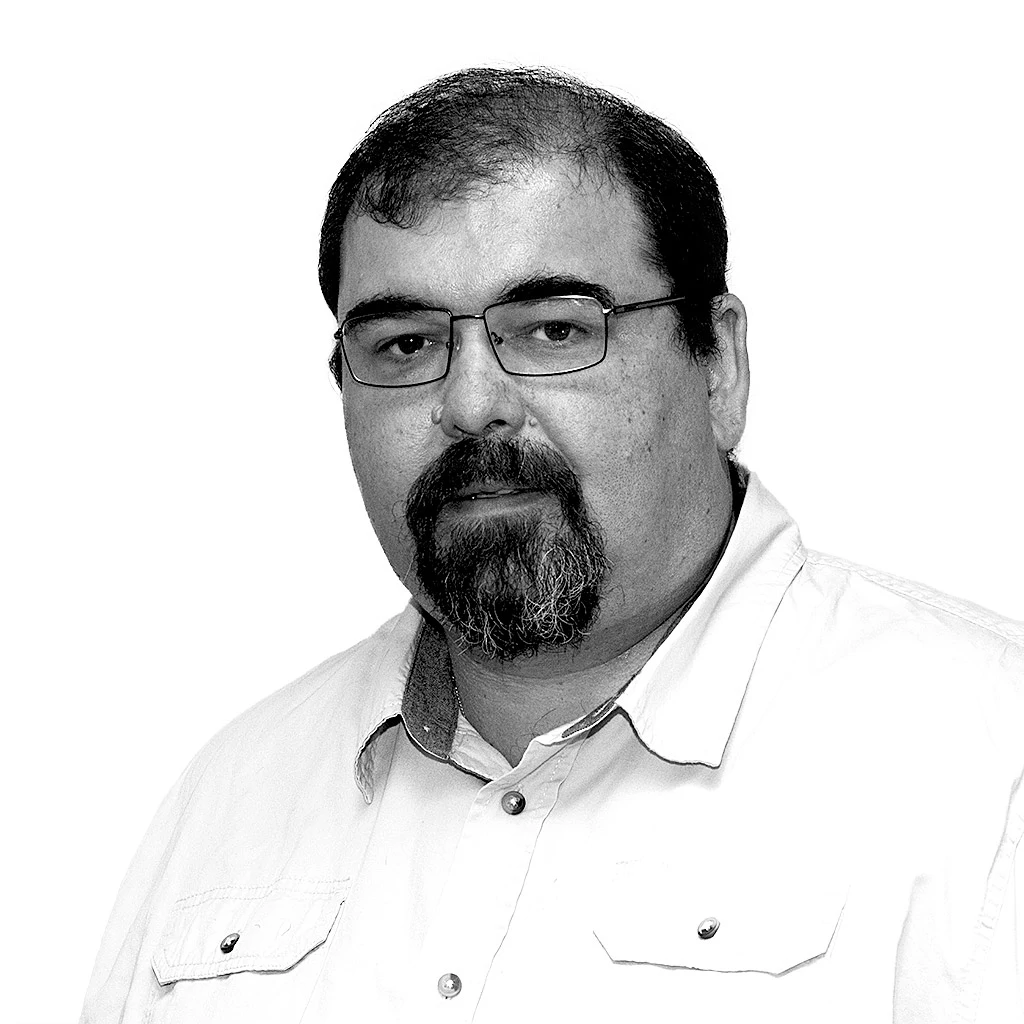The Croatian Bureau of Statistics has published the final results of the 2021 Census on the total population by gender and age, and by ethnicity, religion, citizenship and mother tongue.
The highest number of people are between the ages of 60 and 64, and there are 141,000 more women than men. The number of Croats increased, while the number of Serbs decreased. The number of believers has decreased, and the number of atheists has increased.
There are 9.64 percent less of us - Slavonia is in the lead
According to the 2021 Census, the Republic of Croatia has 3,871,833 inhabitants, of which 1,865,129 are men (48.17%) and 2,006,704 are women (51.83%). Compared to the 2011 Census, the number of inhabitants decreased by 413,056 persons or 9.64%, of which the number decreased most visibly in the Slavonia counties, and the least in Zagreb and the coastal counties.
The largest relative decrease in the number of inhabitants was present in Vukovar-Srijem County (20.28 percent), Sisak-Moslavina County (19.04 percent), Požega-Slavonia County (17.88 percent), Brod-Posavina County (17.85 percent) and in Virovitica-Podravina County (17.05 percent).
The smallest population decline was observed in the City of Zagreb, 2.90 percent, and in Zagreb County, 5.55 percent. Dubrovnik-Neretva County follows with a drop of 5.71 percent, Zadar County 6.03 percent, Istria County 6.16 and Međimurje County with a 7.52 percent drop.
We are getting old!
The share of the youngest population, those between the ages of 0 and 14, is 14.27 percent, and the share of the oldest population, over 65, is 22.45 percent. The share of residents between 15 and 24 years old is 10.27 percent, from 25 to 24 years old 11.40 percent, from 35 to 49 years old 20.23 percent, and from 50 to 64 years old 21.38 percent.
The share of women under the age of 14 in 1953 was 25.3 percent, and in 2021 it fell to 13.4 percent. The share of women over 65 in 1953 was 7.9 percent, and in 2021 it rose to 25.3 percent. The share of the youngest age of men in 1953 was 29 percent, and in 2021 it was 15.2 percent; while the share of the oldest age group of men was 6 percent in 1953, and 19.4 percent in 2021.
National population structure
The results of the 2021 Census show that the share of Croats in the national structure of the population is 91.63%, Serbs 3.20%, Bosniaks 0.62%, Roma 0.46%, Italians 0.36% and Albanians 0.36%, while the share of other members of national minorities is individually less than 0.30%. The share of people who declared themselves regionally in the 2021 census is 0.33%%, and the share of people who did not want to declare themselves is 0.58%.
The data shows that the number of Serbs in Vukovar fell below 30%, which means that their national identity in that city no longer has the right to equal official use of language and script.
639,408 fewer Catholics than in the 2011 census.
New data shows a significant decline in the number of Catholics. The share of Catholics in the total number of inhabitants in 2011 was 86.28%, and in the 2021 census, they are 78.97%, which is 7.3% less. In the 2011 census, there were 3,697,143 Catholics, and ten years later there were 3,057,735. The total number of Catholics in Croatia in 2021 was lower than in 2011 by 639,408, which is 17.3 percent less.
The number of agnostics and skeptics increased from 32,518, or 0.76 percent in 2011 to 64,961, or 1.68 percent in 2021. In 2011, there were 163,375 citizens who declared themselves atheists, or 3.81 percent, and in 2021 there were 182,188, which is 4.71 percent of the population.
The number of Orthodox Christians also dropped; in 2011 there were 190,143, or 4.44 percent, and ten years later, 128,395, or 3.32 percent. The number of Muslims also decreased, from 62,977 or 1.47 percent in the 2011 census to 50,981 or 1.32 percent in the 2021 census.
According to mother tongue
According to mother tongue, 95.25% of people declared that their mother tongue was Croatian, and 1.16% of people declared that their mother tongue was Serbian. The share of people with another mother tongue is individually less than 1.00%.
According to the 2011 population census, 95.60% of people said that their mother tongue was Croatian, and 1.23% said that their mother tongue was Serbian. The share of people with another mother tongue is individually less than one percent.
28,784 foreigners
Of the total population of the Republic of Croatia, 99.24% have Croatian citizenship, while 0.74% or 28,784 are foreign citizens.
Source: HRT


